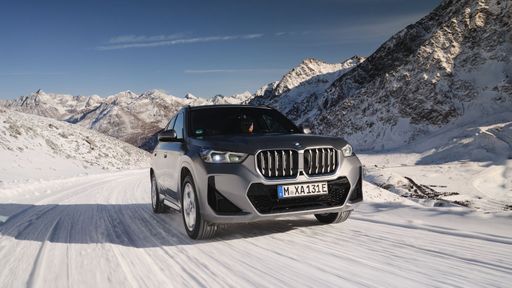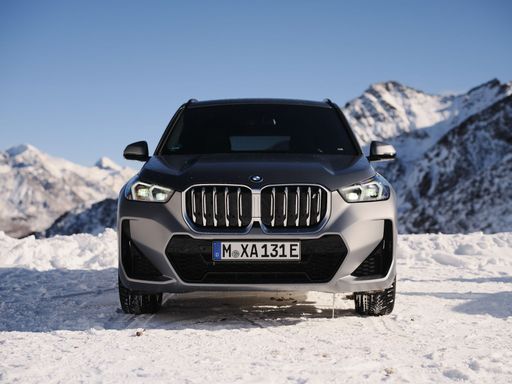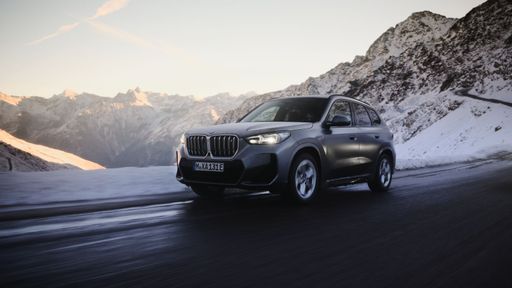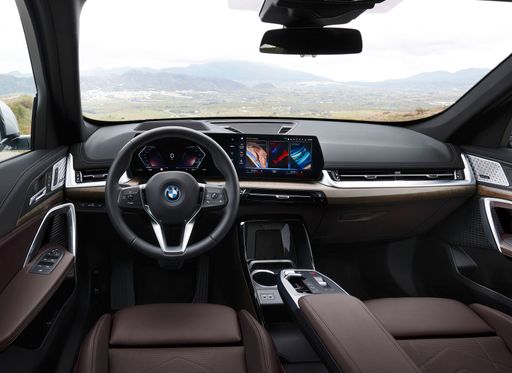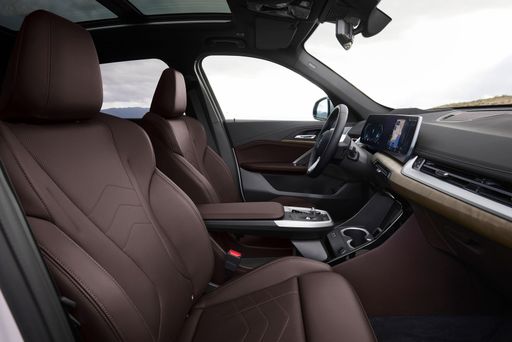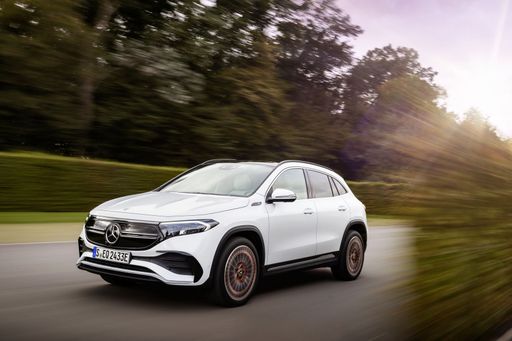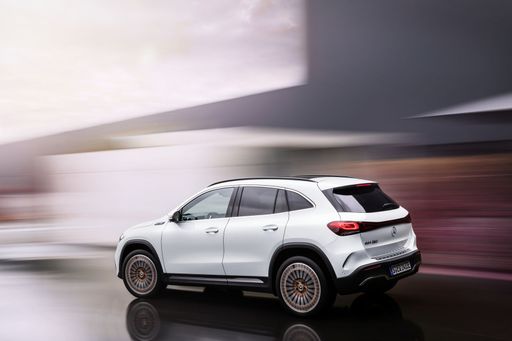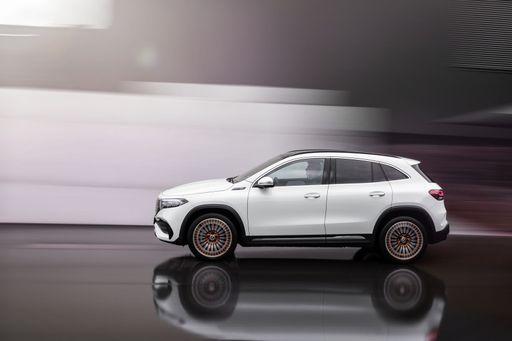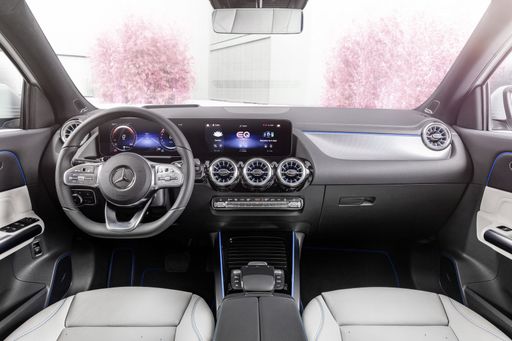Street style: presence and personality
From a distance the two play different roles in the urban theatre: the BMW iX1 projects athletic intent with taut surfaces and a stance that suggests motion even at a standstill, while the Mercedes EQA adopts a smoother, more refined silhouette that prefers understatement. Up close, the BMW's detailing feels a touch more driver-centric and sculpted, whereas the Mercedes leans into elegance and a carefully curated finish. Both will turn heads for different reasons — one for its sporty confidence, the other for its composed, premium air.

